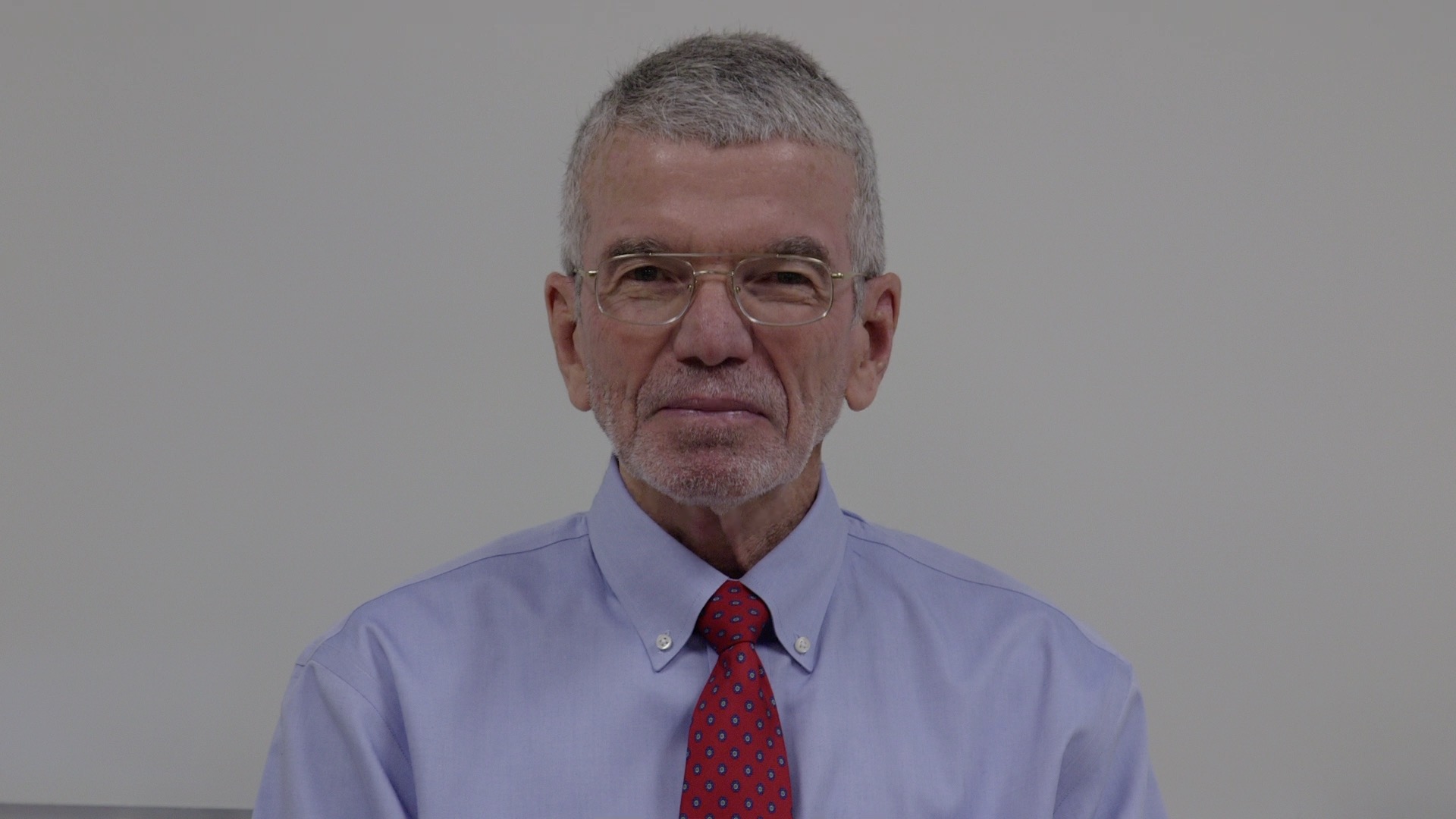Paul B. Thornton
On a scale of 1-to-10 how would you rate your verbal communications skills?
Is there room for improvement?
Every week you send a variety of verbal messages to your bosses, colleagues, customers, family members, friends, and suppliers.
Do your messages consistently accomplish your goals?
Sending the right message, through the appropriate channel, at the right time is challenging.
Here are three requirements to be an effective communicator.
The first requirement—understand the receiver.
Here are several questions to answer.
- What’s going on in his or her world?
- What are the receiver’s goals and priorities?
- What is he or she thinking and feeling?
- What does the receiver need to move forward?
- What would get his or her attention?
The second requirement—define your goal and plan.
Here are several questions to answer.
- Your goal—what do I want the receiver to know or do?
- Your plan—what examples, metaphors, or stories will best explain your message? What’s your big idea and what details are needed?
- How will my message or request help the receiver?
The third requirement—timing and delivery.
Here are several questions to answer.
- When will the receiver be most open to my message?
- What level of energy and conviction are needed?
- Should I use a direct approach or indirect approach?
- What is the best communication channel (phone, one-on-one discussions, group meeting, and videoconferencing) to use?
Effective and Efficient
It is important that your messages are both effective and efficient.
- Effective—focused on the right things. Effective messages are focused on the most important goals, priorities, and issues that need to be addressed. The messages are relevant, important, and timely.
- Efficient—no waste. Efficient communicators are clear and concise in explaining what they want the receiver to know or do. They use the least number of words to convey their message. In addition, they use the most appropriate channel.
Speaking
When you deliver your message keep these points in mind.
- Get the receiver’s attention before you begin speaking. Start by making eye contact and begin with an interest creating comment.
- If needed, use signal phrases to motivate the receiver to pay attention: “This next point is very important.”
- Test the transfer—as required, ask the receiver to summarize you message or describe the action steps he will be taking.
Summary
Always start by getting an understanding of what’s going on with the receiver. Make sure you have their attention before you begin speaking. Describe your goal including deadlines if required. Be precise. Leave no room for interpretation.
The more effective and efficient communicator you are, the more successful you will be.
_________________________________________
Paul B. Thornton is an author, speaker, and adjunct professor at Springfield College. Three of his core principles and practices are add-value, continuous improvement, and simplify the complex. His two most recent books are Precise Leaders Get Results and Leadership-Finding Your Sweet Spot (Authors Place Press). He has produced 28 short YouTube videos on various management and leadership topics. He can be contacted at [email protected].


